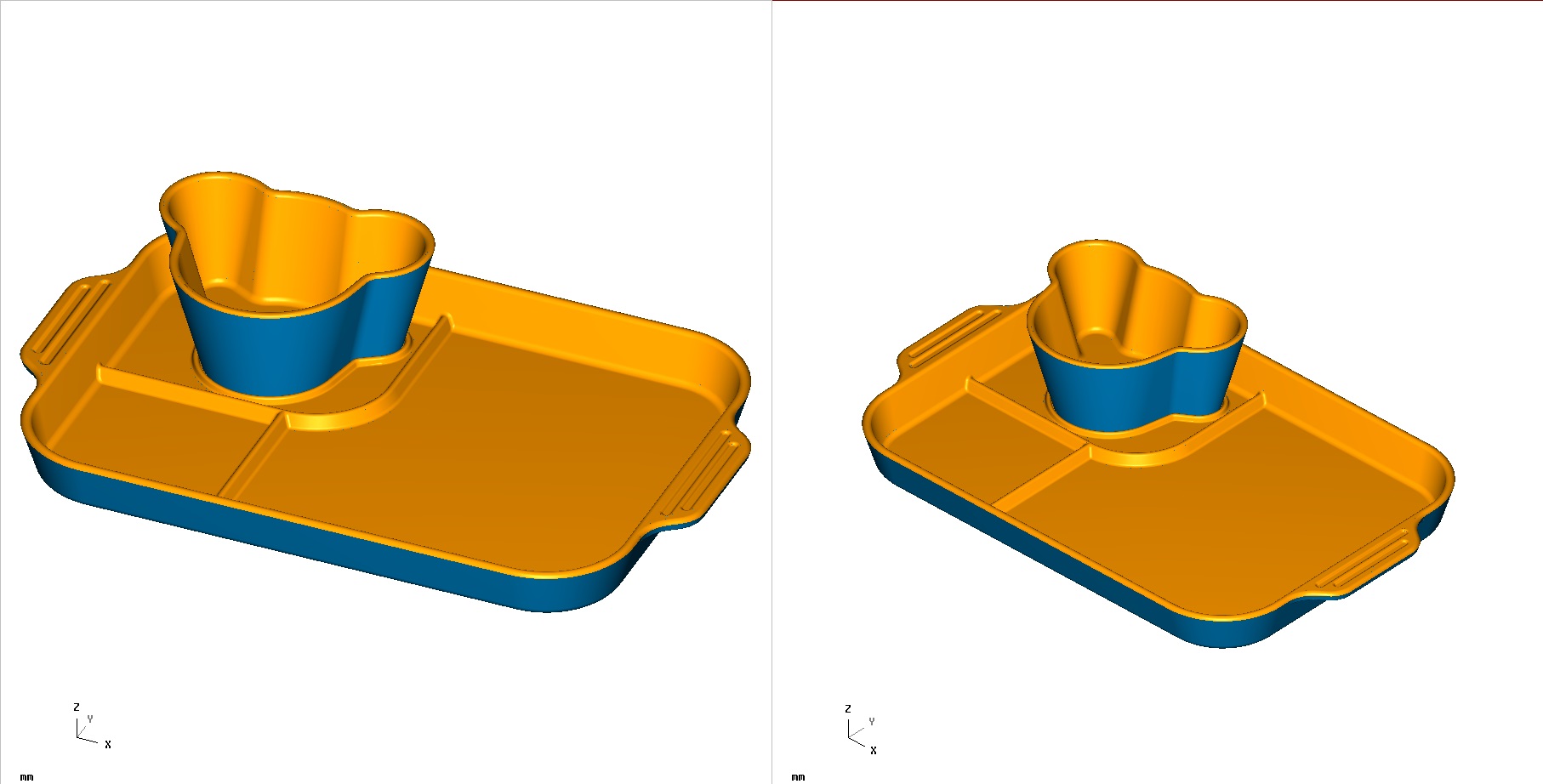
A china hospitality expo (che) é um evento anual para a indústria hoteleira chinesa enraizada no sul da china, oferecendo soluções completas de compra...
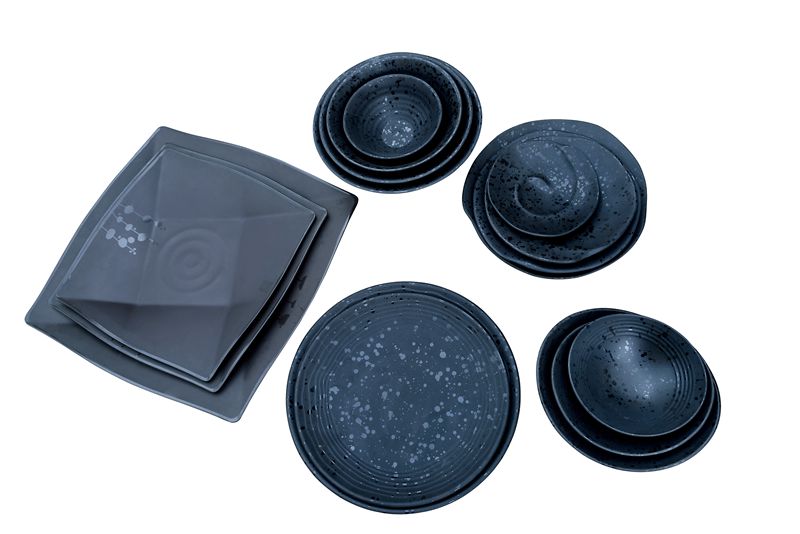
o hotelex xangai será realizado de 1 a 4 de abril de 2019 no novo centro internacional de exposições de shanghai (2345 longyang road, pudong new area)...
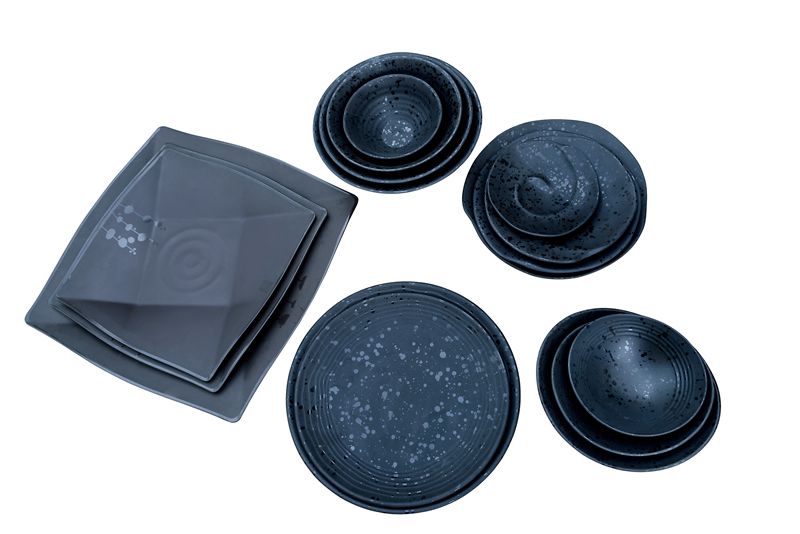
plásticos internacionais de ucrânia e exposição de indústria de borracha tempo de exibição: 4 a 7 de outubro de 2019 local de encontro: europa - ucrân...
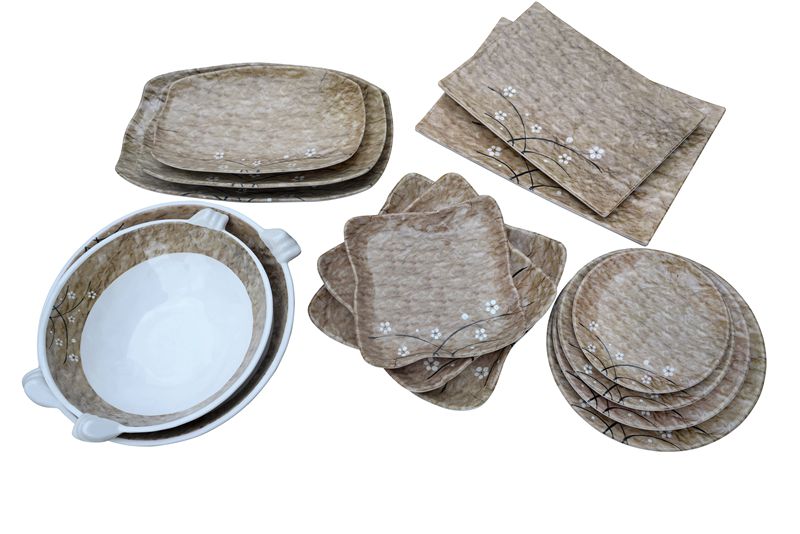
Almaty Cazaquistão internacional equipamentos de produção de plásticos e exposição de tecnologia de matérias-primas tempo de exposição: março de 2020 ...
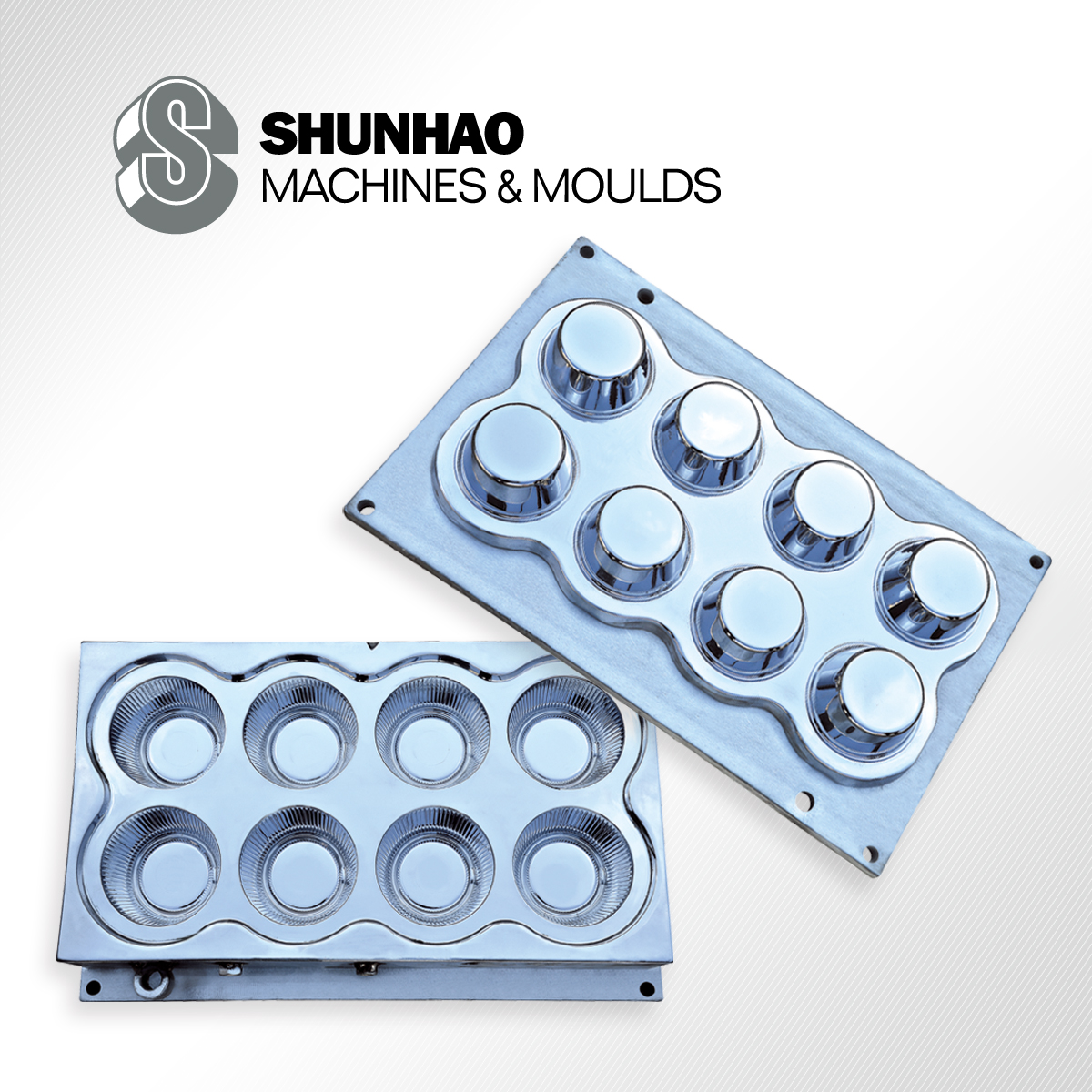
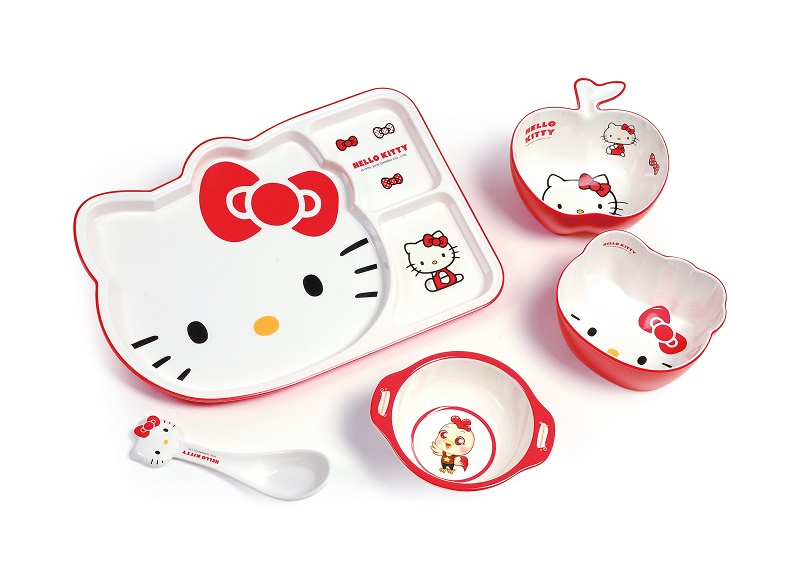
anterior :
Introduction1 of 136H steel For Melamine Tableware MoldPróximo :
718H Mould Steel-Introduction 2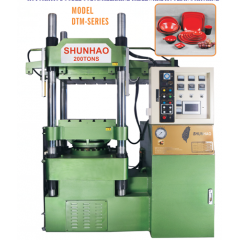 preço de fábrica máquina de moldagem de louça de melamina com dupla cor
preço de fábrica máquina de moldagem de louça de melamina com dupla cor
nossa máquina é adequada para melamina, uréia, baquelite, fibra e outros materiais termofixos de produção de produtos de mesa.
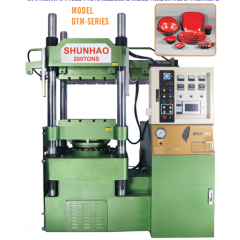 Máquina de compressão de mesa de automelamina
Máquina de compressão de mesa de automelamina
Esta máquina é adequada para todos os tipos de compostos de moldagem de melamina e compostos de moldagem de ureia, como placa de melamina, tigela de melamina, bandeja de melamina.
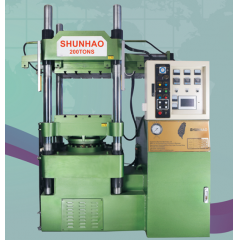 2color melamina máquina de moldar louça
2color melamina máquina de moldar louça
adequado para melamina, uréia, baquelite, Fibra e outros materiais termofixos, produção de produtos de mesa. tal como tigela, xícara, prato, pauzinhos, colher, prato, malha, imitação de amido Louça de porcelana Fibra de plantas Fibra de prato de porcelana de imitação de fibra imitação de utensílios de mesa e assim por diante.
 Controle plc uf / urea máquina de compressão da tampa do assento do banheiro
Controle plc uf / urea máquina de compressão da tampa do assento do banheiro
operação de moldagem de baquelite, uso para cobertura de assento sanitário ufc e mdf.
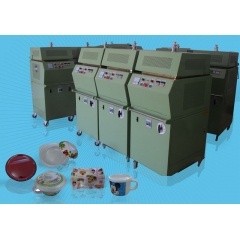 Bom preço máquina de pré-aquecedor 5kw para louças de melamina
Bom preço máquina de pré-aquecedor 5kw para louças de melamina
Máquina de pré-aquecedor para louças de melamina / máquina de moldagem de louças de melamina / composto de moldagem de melamina
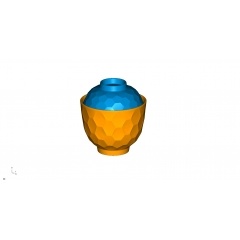 planta do molde da louça da melamina da porcelana com 4cavity
planta do molde da louça da melamina da porcelana com 4cavity
planta do molde da louça da melamina da porcelana com 4cavity
 show de oficina
show de oficina
 show de produtos
show de produtos
 show de video
show de video
 nossos certificados
nossos certificados
a equipe profissional a serviço !